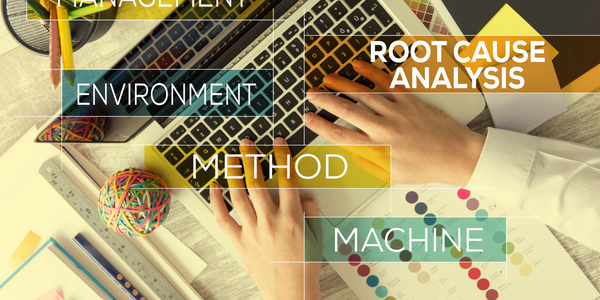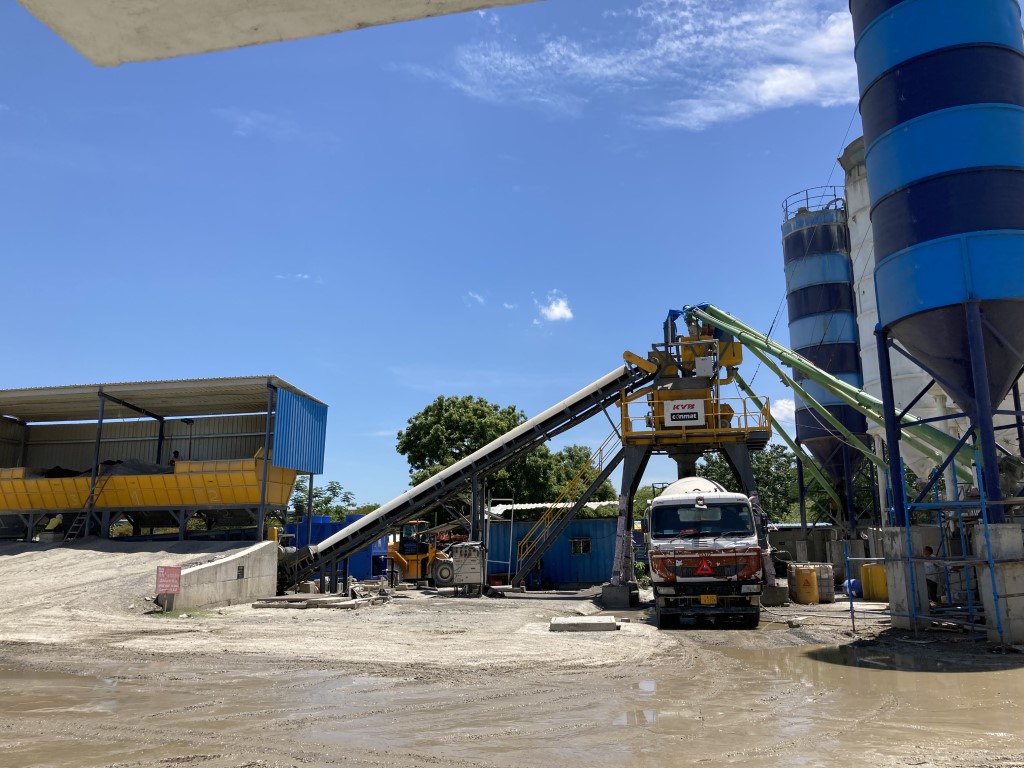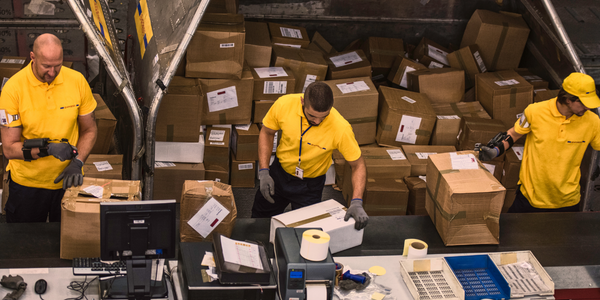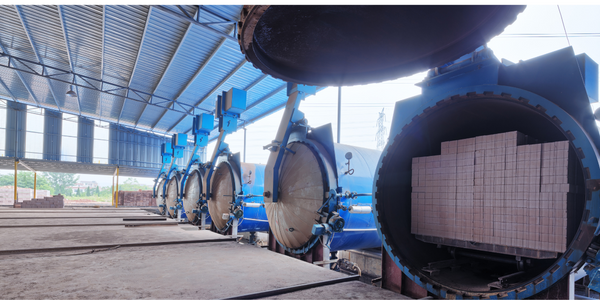
- Analytics & Modeling - Machine Learning
- Maintenance
- Predictive Quality Analytics
- Data Science Services
Manufacturers mostly rely on on-site expert knowledge for root cause analysis. When the defective product is sent to lab for analysis, it is laborious and always a post-mortem one. Manufacturers that collect data from IT and OT also need a comprehensive understanding of a variety of professionals to make sense of it. This is not only time consuming, but also inefficiencient.
Root cause analysis is getting revamped in light of the Industry 4.0 revolution. What was once a post-mortem analysis has become a predictive one. Advancements in machine learning algorithms and big data analytics aid to perform root cause analysis using automated methods. These methods are based on historic, real-time data from the production floor. For a fool-proof technology, algorithms also accept inputs provided by the manufacturers. This is pivotal as the traditional or institutional knowledge is also accounted for and the accuracy of the prediction improves for the next time.
Data-driven Diagnostics model is trained to detect any deviation from the normal to declare it as an anomaly. Machine Learning algorithms capture the impact of 5Ms of manufacturing on the output quality. The algorithms add the criticality value to each of the identified causes and generate signals accordingly.
- “Alerts” the user of the most critical and parameter with the highest impact on the quality
- “Warns” the user of the parameters with medium impact on the quality
- “Cautions” the user of the parameters with a lower impact on the quality

Case Study missing?
Start adding your own!
Register with your work email and create a new case study profile for your business.
Related Case Studies.









